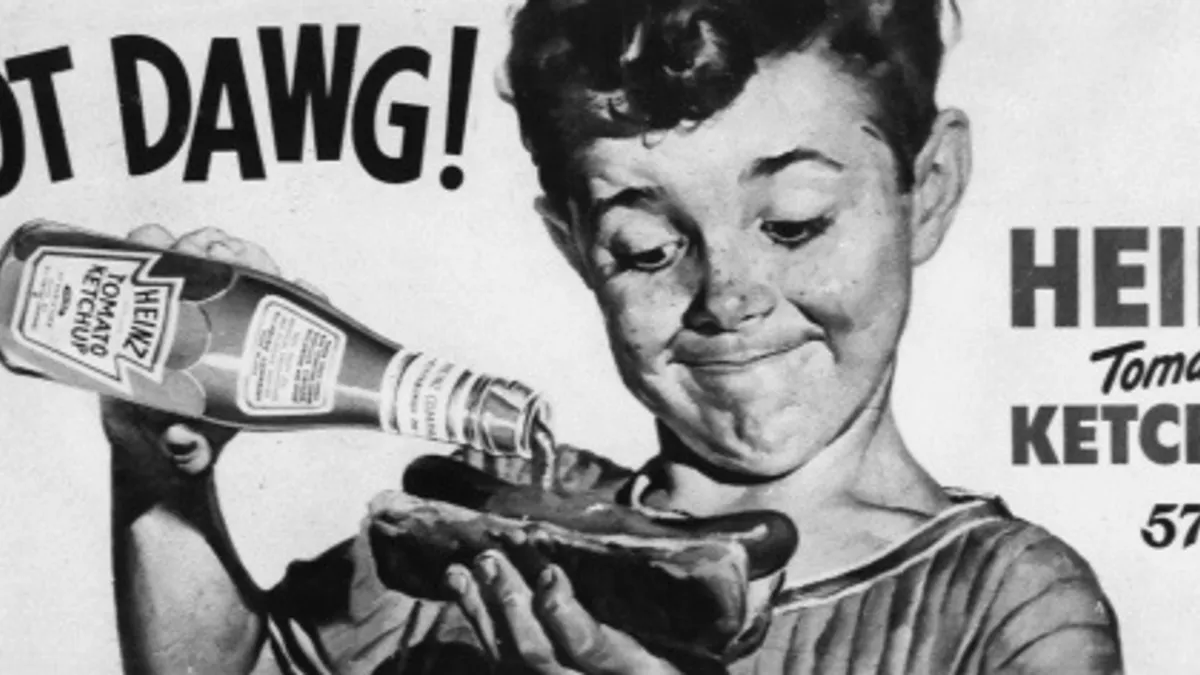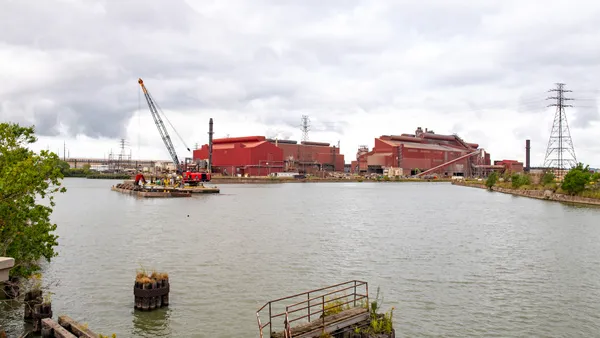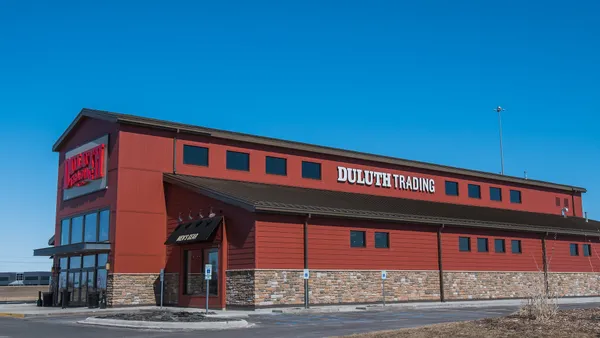Warren Buffett shocked the food industry in March 2015 when news broke he had struck a deal to merge Kraft Foods Group and H.J. Heinz into a $26 billion behemoth.
At the time, the industry was being rocked by what The Kraft Heinz Co. CEO Bernardo Vieira Hees calls a “barbell economy,” wherein a growing number of cash-strapped consumers replaced brand purchases with discount goods, while Millennials sought fresher foods. Meanwhile, advertising and retail channels were shifting, disrupting traditional sales and category management strategies.
The deal proved an opportunity for both companies to get ahead of these challenges with a restructuring plan. Soon after the deal was approved, Kraft Heinz’s promised its merger would yield $1.5 billion in annual cost savings by the end of 2017.
But the merger was just the beginning of the food giant’s journey.
“After two years and a half, I think we’re pleased to say that we’ve delivered in all our promises that were made at the time of the merger,” said Hees during the company’s fourth quarter earning’s call this month. “Now, we are focusing on building the business of the future.”
A new set of challenges
Moments before the earnings call, Kraft Heinz released a 77-slide presentation detailing its business strategy for 2018 and beyond.
“Today, the challenges we face are not only an extension of what we were seeing five years ago, but more interconnected,” said Hees while presenting. “Consumer expectations for fresher, less processed products are the new norm.”
The vision — “to be the best food company, growing a better world” — seeks to adapt to shifts in consumer trends, while giving back to the community.
In December, Kraft Heinz released its first-ever corporate sustainability plan as part of its mission to grow a better world. The plan includes a commitment to sustainably source and trace all of its palm oil by 2018, nurture cage-free hens and stall-free pregnant sows by 2025, and set a 15% target reduction for greenhouse gases, energy, water and waste by 2020.
Yet, building the best company would take far more than the scale achieved upon its merger. It would require building a company with an agile supply chain, data-driven processes and market- and consumer-specific vision.
“In many ways, size matters relatively less than it used to, versus skill and speed,” said Hees, as he outlined six key initiatives to achieving “sustainable growth.”
A plan to create best-in-class operations
Creating best-in-class operations requires a concerted effort across all departments to improve efficiency, according to Marco Rodrigues, Kraft Heinz’s Global Center of Excellence Head.
“Our view is that every area of an organization has opportunities to improve its efficiency and effectiveness,” Rodrigues said during the presentation. “And no area is off-limits.”
In the years of integration, Kraft Heinz was focused on “modernizing” its production systems. The company invested more than $1 billion in capital to consolidate 100 production lines, optimize distribution center networks and upgrade, implement or consolidate information technology (IT) infrastructure.
Such upgrades formed the backbone for the changes that were to come, as the company now sets its sights on achieving best-in-class operations.
Rodrigues explained best-in-class means achieving four goals, at once:
- Be the most cost-efficient operation — By leveraging Kraft Heinz’s scale, risk management and low-cost country sourcing, and by taking advantage of process-improvement initiatives such as zero-based budgeting, e-auctions and value engineering, the company can further optimize its manufacturing footprint and supply chain network.
- Provide the best service levels — Kraft Heinz can improve customer service by deploying more integrated planning and data-driven tools, as well as automating systems, tools and warehouses to focus on metrics like on-time, in-full deliveries.
- Achieve and sustain zero recalls globally — The company did not have a single recall in 2017, but the test is sustaining that achievement. “Quality is an obsession,” said Rodrigues, adding it’s one of the five values of the company.
- Achieve and sustain a Total Reportable Incident Rate below one — “We we are looking to leverage fundamental safety rules and capital investments in global safety capability platforms to guide risk mitigation, as well as our plant-level Rituals and Routines,” he said.
Rodrigues heads the company’s Netherlands-based Global Center for Excellence, which is dedicated to serve as a sort of control-tower to achieve these goals.
At the center, he notes, sights are set high. “We establish transparent and challenging targets and coordinate global KPI tracking, and with a global, end-to-end supply chain perspective, we remove capacity constraints and bottlenecks from the system.”
It’s a tall order, but Kraft Heinz believes that’s what it will take to compete in a modern market.
“As consumer preference becomes more varied and sophisticated, it’s critical that we adapt and modernize our approach, as well,” Hees said. “This is the key to sustainable growth over the medium and long term.”














